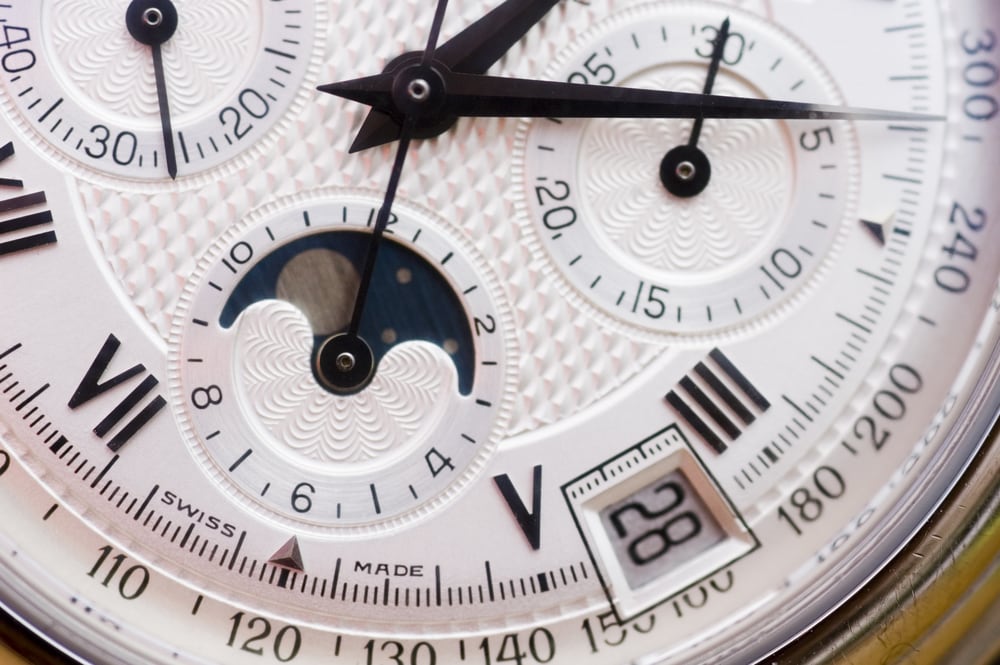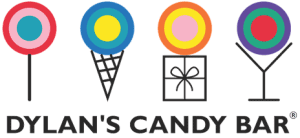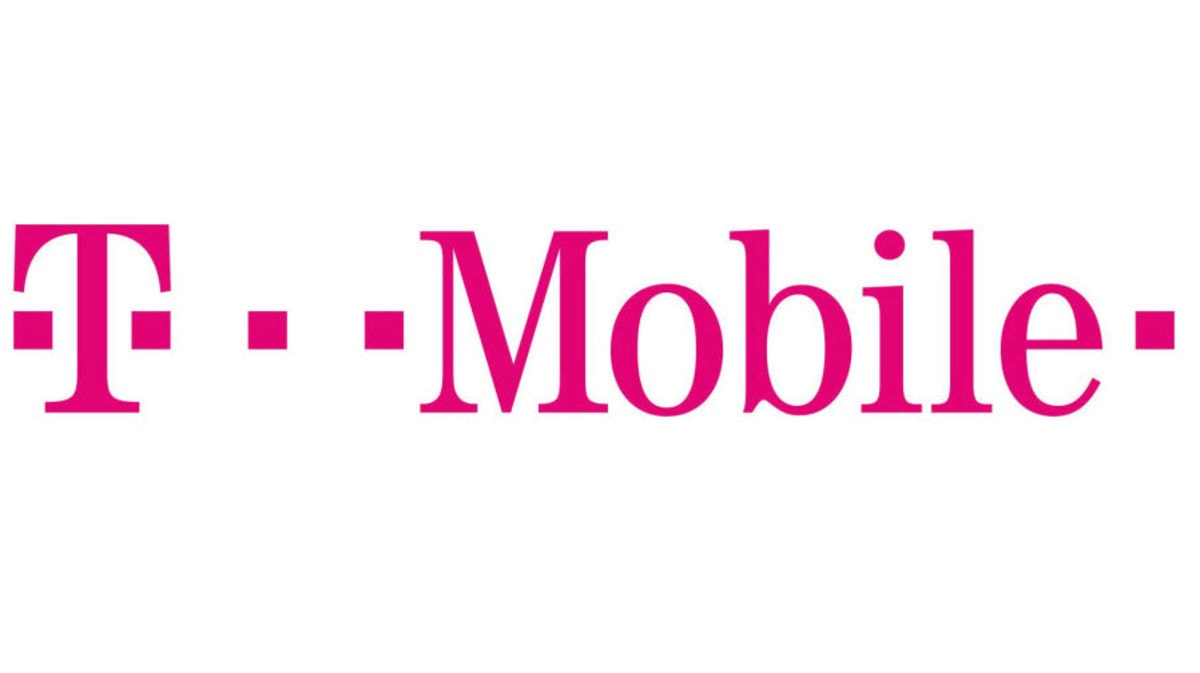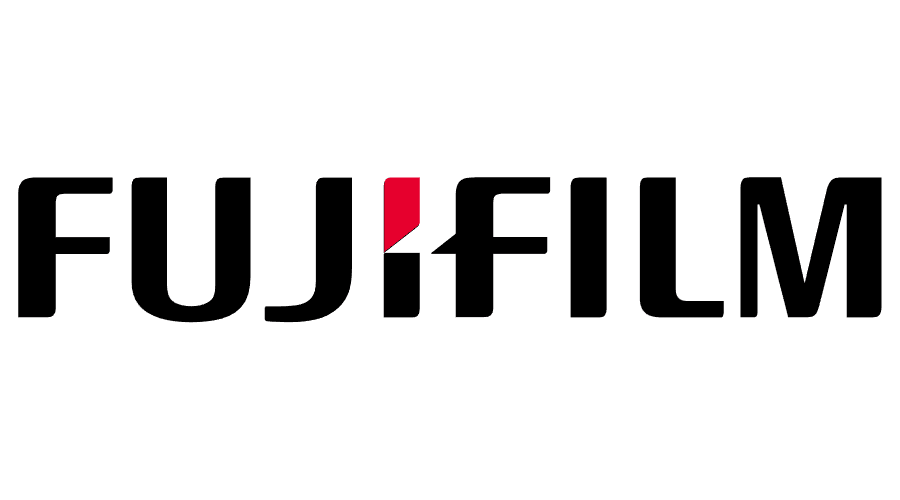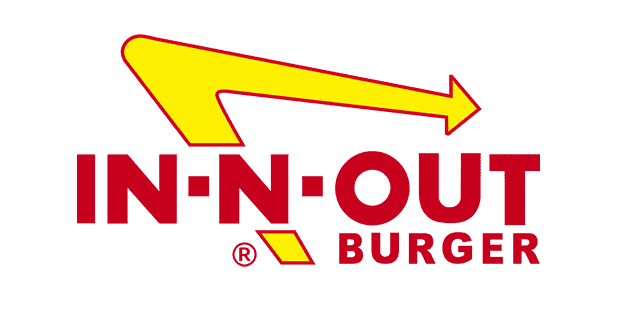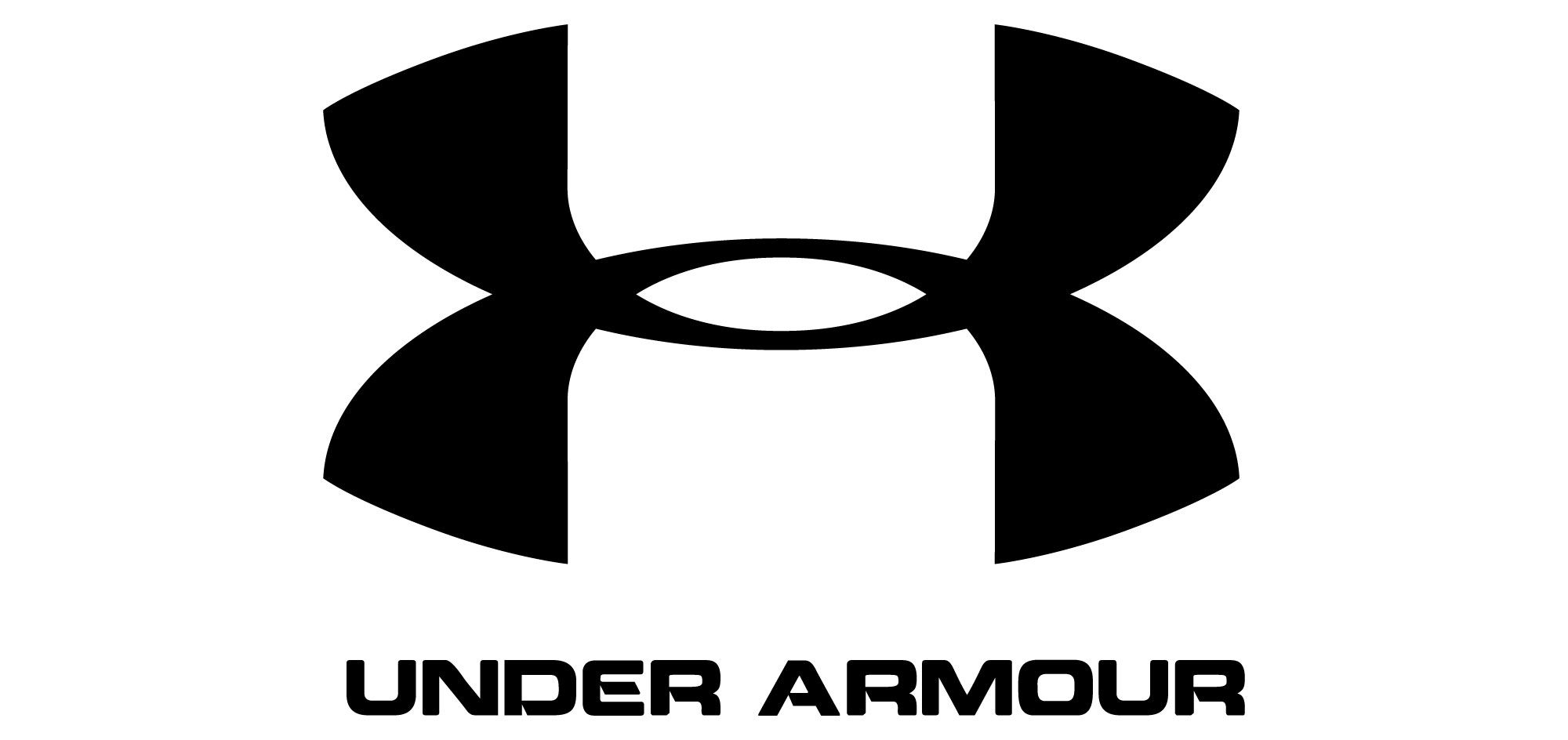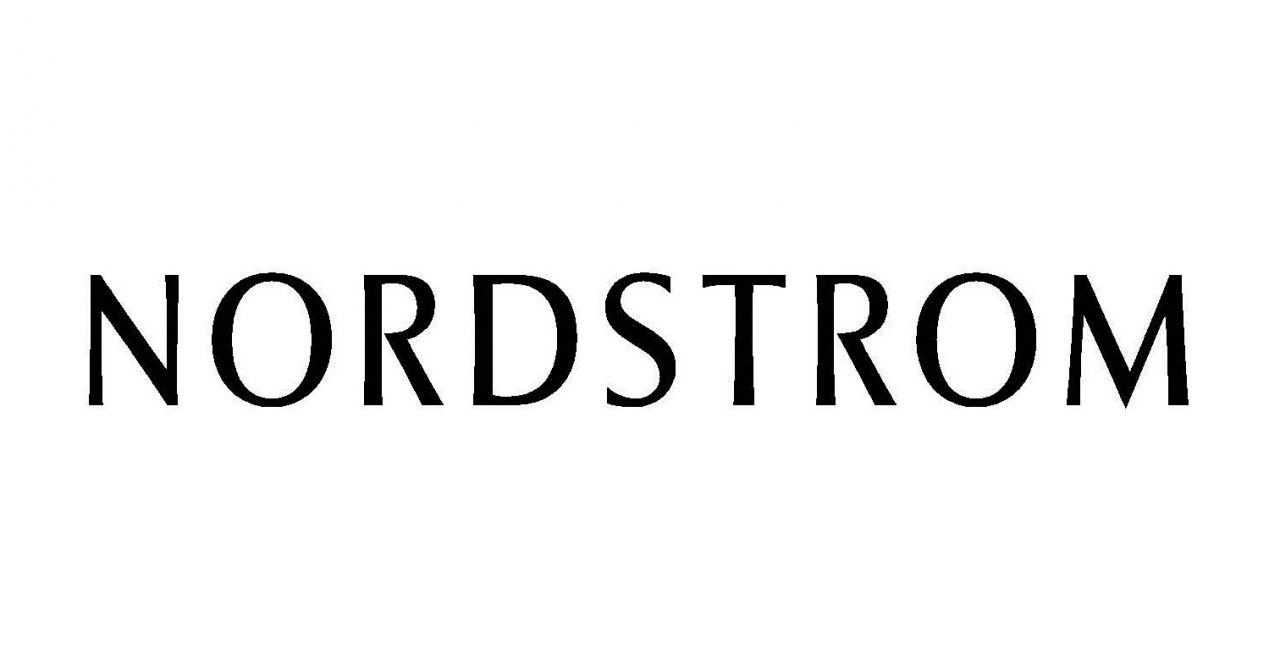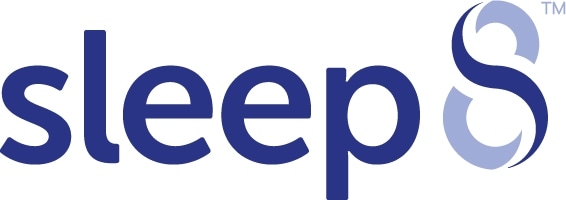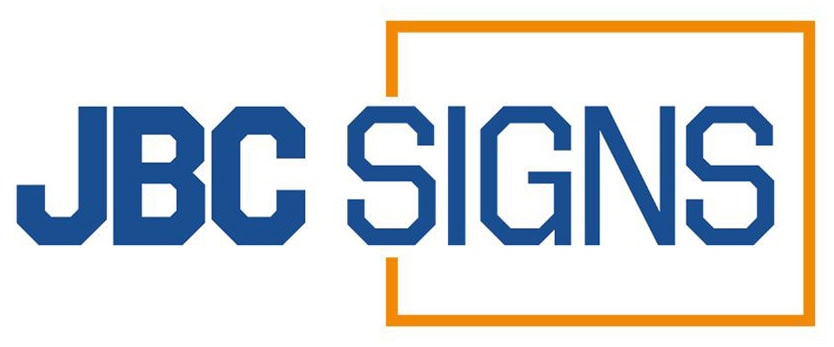From designer handbags to high-performance sports cars, expensive items require a significantly different marketing approach to their less expensive, less luxurious and less exclusive counterparts.
While the fundamentals of marketing are largely the same for any type of product, it requires a different approach to successfully sell high-ticket items than commodities or standard consumer goods.
From selling the experience rather than the product itself to never mentioning price, we’ve put together a list of four effective tips and techniques for creating brochures for high-ticket, luxury items.
Sell the experience instead of the product
When you read the brochure for a Swiss watch manufacturer, do you see an endless list of features and technology or isolated photos of the product? Of course not – you see successful people wearing and experiencing the watch.
Likewise, the brochure for a designer handbag doesn’t talk about how large it is or its numerous compartments – it talks about the experience of having it on your arm and the way you’ll feel when you own one.
Luxury goods are as much about feeling and experience as they are about quality or exclusivity. Focus on selling the experience – both in your brochure’s images and its copy – and you’ll achieve far better results.
Never mention the price, unless absolutely necessary
One of the keys to effectively marketing luxury items is qualification – making sure the prospects your marketing is targeting aren’t just interested in the item you have for sale, but able to afford it.
One of the most effective ways to screen out people who aren’t likely to complete the purchase process is by never including the price of your item in your brochure, no matter how important it is to the sale.
This self-qualifies your audience by selecting people who simply aren’t concerned about the price of the item. By enquiring without knowing the price, they indicate their ability to afford the product and their interest in acquiring it.
Pictures are essential for selling an experience
Pictures are arguably the most important component of selling a luxury item. The right photo can tell a story and transport the prospect into the world you’d like for them to occupy.
Look at the way first class seats are advertised by airlines. They don’t talk about the comfort or seat size, but instead use pictures that show successful, beautiful people relaxing and enjoying themselves while flying.
The effect is obvious: the contrast between the comfort of first class and the crowds of economy is communicated by the image, without ever having to include a single line of copy or bullet point stating such.
Be descriptive without using industry jargon
You’re creating a brochure for a high-end automobile. Do you talk about its engine capacity and raw power, or use your copy as an opportunity to discuss the joy that someone can experience by driving it?
Selling an experience means being descriptive – describing the rush of wind that’s going to run through a driver’s hair in a convertible or the soft feeling of a certain vehicle’s leather seats on long journeys.
Be as descriptive as possible in your copy to make the prospect feel as if they’re part of the experience already, but avoid using jargon. Buzzwords and jargon can remove people from the experience and distance them from your product.

